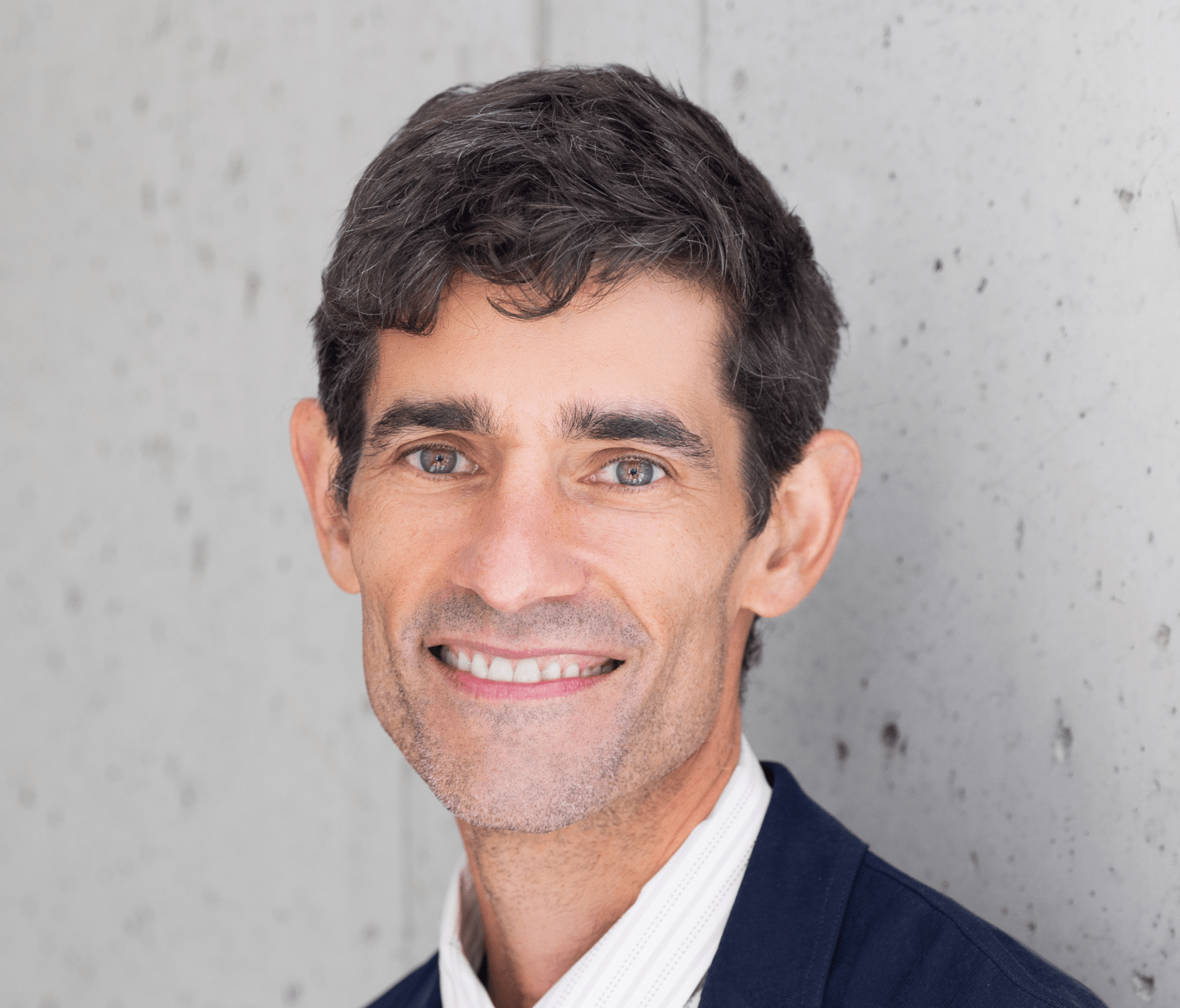After over three years of working when they are most productive, instead of during fixed office hours, employees are foiling management attempts to reinstate the pre-COVID grind by clocking on and off at their leisure.
And it’s resulting in a workplace “dead zone” where few can be found at their desks or online between 4 p.m. to 6 p.m. Despite mandated office attendance, many are simply refusing to shake their pandemic-era habits when they were responsible for setting their own schedule.
“I need to work around childcare,” Jade Fitzgerald, an experience design director at the design agency Beyond, tells Fortune.
Like many working parents, her workday exceeds the hours that nurseries are open. “I need to have time to be a parent, to do the nursery drop-offs and pickups, and have time to bond with my child,” she adds. “Fortunately, some of my work can be flexible, while my son’s routine is not.”
After tucking her 11-month-old baby into bed, Fitzgerald logs back in at around 7:30 p.m. to complete her assignments.
Here’s the thing about dead-zone workers: They’re not killing the working day per se, they’re simply breaking it up to better accommodate their schedule. It’s why the practice isn’t beneficial exclusively for parents.
Take Justin Fox as an example. Like many other professionals, the digital public relations and outreach manager at education marketing platform Candlefox has to juggle coordinating a global team. Taking an afternoon break (or nap) means Fox can get some respite instead of being fixed at a desk until the early hours, when his Australian reports finally get online.
“Some might say that the simple thing to do would simply be to automate emails depending on what time zone their respondents are in, but simple doesn’t always equate to the best course of action,” he says. “Whilst this would solve the problem of getting messages out at the optimal time, the next problem is promptly responding to incoming messages.”
Although most of the dead-zone workers that Fortune spoke to use their gained afternoon to squeeze some leisure time in their busy diary or run errands before then returning to work, there are some who also use it to ensure a better work-life balance.
“I feel smug that I have a head start on the evening,” says Lydia Cardona, PR consultant at The Influence Crowd, who by the time most people log off their laptops has already done her food shopping for the evening, got a head start on making dinner for her family, and found some zen in yoga.
Meanwhile, one Gen Z professional reached out to Fortune “having just passed (unexpectedly quickly) through airport security at Gatwick” at midday on a Wednesday to highlight the benefits of a more fluid workday.
“Whilst this is a pretty extreme example of an activity a normal 9 a.m. to 5 p.m. doesn’t accommodate, it does highlight that when you have an employer that builds a culture around its people and around flexibility you really can use it for whatever,” Leo Hodges, an account manager at With PR, says. “Flights, haircuts, gym classes—anything.”
And apparently, everyone around him has “done away with living to work and are fully embracing working to live,” Hodges said. “My generation isn’t sacrificing our lives for work.”
The drawbacks: overworking, unreasonable expectations, and burnout
While the benefits of dipping in and out of work are clear, without a hard stop at 5 p.m. it’s easy for the hours to overstretch and rack up. The risk of being always on—albeit with a short break in the afternoon—is that one never truly switches off. This can lead to staff becoming unmotivated and, eventually, burning out.
“Some days feel relentless,” admits Fitzgerald, whose flexible hours see her working “a stretched 15-hour day.” What’s more, she says that being able to stay on top of it all—school commitments, client meetings, work projects—takes a mental toll.
Fitzgerald’s not alone: Research has shown that women are often burdened with the emotional labor of remembering everything from a team member’s birthday to stocking up the stationery cupboard. When a person is constantly dipping in and out of work, the long list of things to remember both personally and professionally can feel never-ending.
“It can sometimes feel like I am constantly ‘on,’ and when other families are sitting down to eat a meal together or settling in to watch something after the watershed, my face is aglow with my laptop screen again,” Cardona echoes. Yet she doesn’t feel overworked.
“I don’t feel like I’m ‘working late’ due to recharging and accomplishing life admin earlier in the day…I have returned to my tasks with purpose,” she adds.
For Cardona, the more draining aspect of being a dead-zone worker is managing others’ expectations. “Not everyone recognizes this working pattern,” she says. A classic example of this is demanding something be done by end of day, instead of the next morning.
“There needs to be acceptance and respect that comes from within organizations for people that need to adopt this pattern, in order to meet needs of daily life, especially those with children or who have dependents,” she adds. Really the work will be picked up; it may just be when others are winding down.
How dead-zone workers are managing their time
Although their days look vastly different from the average worker, perhaps even vampiresque, the way dead-zone workers manage their schedules is surprisingly familiar.
“In the same way I ensure everything is done if I worked normal hours, I set myself a prioritized to-do list (which I often re-prioritize) so I know which things are time-sensitive,” Fitzgerald says. “While there are always deliverables and deadlines to meet, there’s also flex built into my day, so it’s easier to scale up or down in areas as needed.” Meanwhile, others suggested using planning tools like monday.com to take avoid having a messy list that’s hard to keep on top of.
Just like workers ring-fence their time and perhaps call 7 p.m. their cutoff for overtime before calling it a day and catching the train home, Cardona “will only work up until a certain time in the evening when logging back in.”
But crucially, both said that transparency around their schedule is key to making it work—from blocking out time in their calendars, so peers cannot book meetings while they’re offline, to setting realistic expectations on deadlines.
For Fitzgerald, making compressed and flexible hours work requires the ability to multi-task, prioritize, and work quickly when needed.
“If I do a job in 30 minutes, it’s because I spent 10 years learning how to do it in 30 minutes. You owe me for the years, not the minutes,” she says.
She’s paraphrasing a quote she read regarding salaries, but she thinks the same goes for working hours. “I’ve spent years building up the experience that allows me to do my work to a high standard doing compressed and broken-up hours.
“Our management places a high value in trust and value creation,” she adds. “We are trusted to add the maximum value, whether it takes 20 minutes or two hours.”
It’s why ensuring dead-zone workers are productive and not overworking (or dodging work) is as much on managers as it is on individuals.
“Our leadership team at With, unlike some archaic C-suite execs, have built a culture of trust, openness, and feedback that has allowed all of us to truly make the most of flexible working,” Hodges insists while adding that because of that trust, he can work when his creative juices are actually flowing and thus deliver his best work.
For businesses, he thinks having that space to recharge makes “makes us better workers” and enables peak productivity, as much as it frees up his time to catch an earlier flight.
“Young people are eager to demonstrate to older generations that we can not only smash expectations at work but also prioritize our social lives.” So managers, maybe it’s time to let them.












